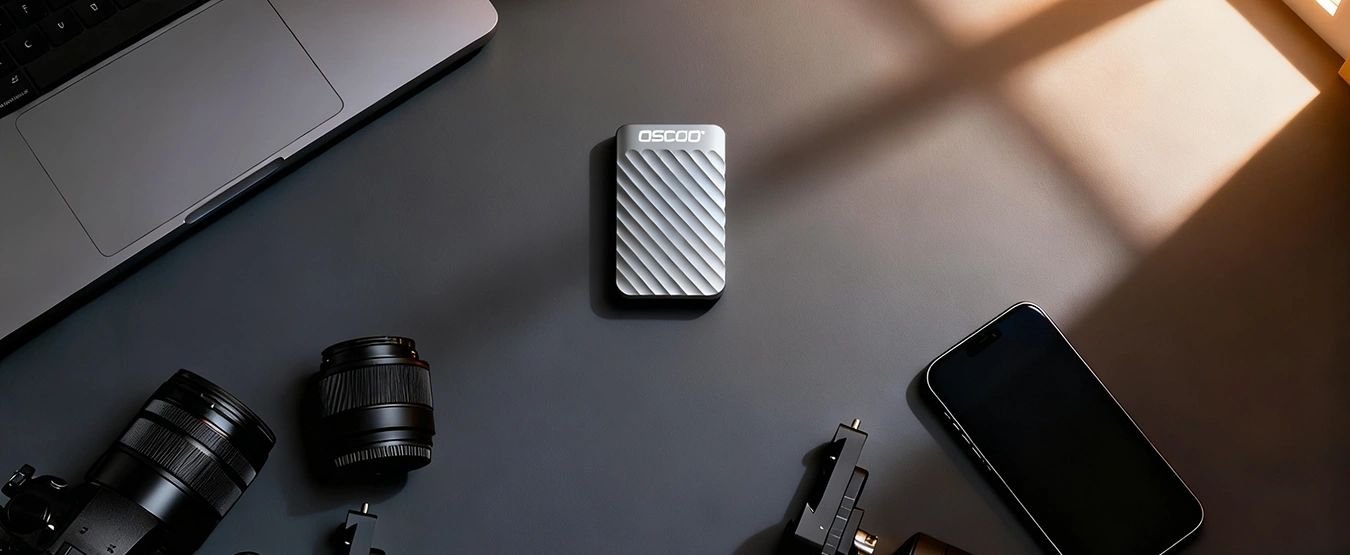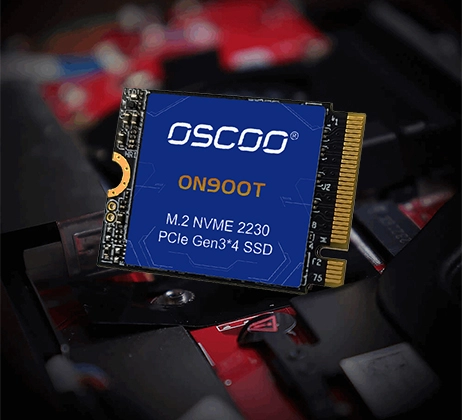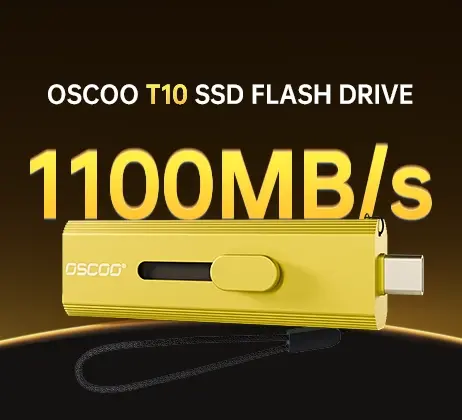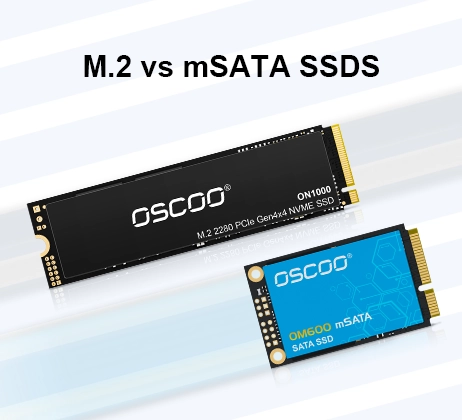As a photographer, after a full day of shooting with your camera filled with tens of gigabytes of RAW photos and video footage, the most time-consuming part often isn’t the shooting itself, but the long process of importing, backing up, and editing data at the computer. Slow transfer speeds not only waste valuable time but also break your creative rhythm. At this point, a reliable and efficient portable SSD is no longer just an accessory—it becomes a key tool that boosts the efficiency of your entire workflow. But with so many products on the market, how do you choose the one that best fits your photography needs? This article looks at real-life photography scenarios to help you find the perfect partner that meets your requirements for speed, capacity, and reliability.

Why Photographers Need a Portable SSD
For today’s photographers, a portable SSD has gone from being a nice-to-have accessory to an essential tool. The reason is simple: it directly addresses several pain points in the workflow.
Speed. Speed is the most obvious advantage of an SSD. After a day of shooting, when you need to transfer hundreds of gigabytes—or even terabytes—of RAW photos and videos, a high-speed portable SSD can cut transfer time from hours to just minutes. This benefit is not just for transfers. You can also edit high-bitrate 4K or 6K video directly from the SSD without copying files to your computer, which makes your workflow much more flexible.
Capacity. Portable SSDs offer large storage to match their high speed. With today’s high-resolution RAW files often exceeding 100 MB each, storage fills up fast. A high-capacity portable SSD can easily store all the files from a travel project or a major commercial shoot, keeping everything in one place and preventing confusion caused by scattered data.
Durability. Durability is crucial for photographers who often shoot outdoors. Because portable SSDs have no moving parts, they are much more resistant to shocks, drops, and vibrations compared to traditional hard drives. This physical toughness gives your valuable data stronger protection.
Portability. This is their core value. Lightweight and compact, they fit easily into any camera bag or even your pocket, so you can carry your entire library wherever you go—whether moving between studios or meeting clients.
Ultimately, all these advantages point to one thing: improved efficiency. Fast transfer saves time, large capacity makes management easier, durability keeps your data safe, and portability gives you freedom. Investing in a good portable SSD clears obstacles from your workflow, letting you focus more on your photography instead of long waits and messy data handling.
How to Choose Your Best Portable SSD for Photography
Choosing the right portable SSD requires more than just looking at one specification. You should consider your workflow and budget. Here are the key factors:
Speed is the top priority—but understand it correctly. For photographers, speed means less waiting. Don’t just look at the maximum read speed on the package. Performance depends on both the drive’s technology and your computer’s interface. Today, NVMe-based SSDs outperform older SATA-based models. The type of USB-C port on your computer sets the upper limit:
| Interface | Theoretical Bandwidth | Real-World Speed | Best Use |
|---|---|---|---|
| USB 3.2 Gen 1 | 5 Gbps | ~500 MB/s | Basic needs, okay for photo transfer but too slow for smooth video editing |
| USB 3.2 Gen 2 | 10 Gbps | ~1000 MB/s | Great balance, smooth 4K video editing, best value |
| USB 3.2 Gen 2×2 / Thunderbolt 3 / USB4 | 20–40 Gbps | 2000 MB/s+ | Professional use, ideal for high-frame-rate 4K/6K/8K editing |
The key is matching the SSD speed to your computer’s port. If your computer only supports USB 3.2 Gen 1, buying a 2000 MB/s SSD is a waste because the port itself becomes the bottleneck. Always check your computer’s USB-C specifications before buying.
Capacity depends on your work. A 1TB SSD is a good starting point for photo-heavy workflows. 2TB is the sweet spot for most photographers, allowing multiple large projects. Professional videographers should consider 4TB or more. To compare value, calculate the cost per terabyte by dividing price by capacity.
Durability affects data safety. Look for products with IP ratings (e.g., IP54 for dust and splash resistance), especially if you shoot outdoors. Also check drop resistance and TBW (Total Bytes Written), which shows the drive’s endurance. Higher TBW means a longer lifespan, especially useful if you frequently back up and edit large files.
Data security adds an extra lock. If you handle client projects or unreleased commercial work, encryption is important. Choose models with AES 256-bit hardware encryption, which is both secure and fast. Many brands also provide software to set up passwords and manage access.
Other considerations: size, price, and warranty. Compare dimensions, weight, and materials. Metal shells help with cooling, while rubber gives better grip and shock resistance. Stick with reputable brands and be cautious of deals that seem too cheap—they may use lower-quality flash memory. Also, check the warranty: 3–5 years is standard, and some premium brands even include data recovery services.
How to Use a Portable SSD to Boost Workflow
Once you have a high-performance portable SSD, the way you use it matters. Here are some proven methods:
Use it as your active project drive. Import files directly to the SSD and set up your Lightroom or Capture One catalog there. You can then edit on any capable computer by just plugging in the drive. This keeps your main storage free and keeps projects organized.
Use it for client delivery. Store final images or video previews on the SSD. When meeting clients, you can hand over the drive instead of relying on slow or unreliable online transfers. It looks professional and avoids quality loss from online compression.
Include it in your backup strategy. Apply the 3-2-1 rule: during a shoot, back up your memory cards to the SSD. This gives you at least two copies (card + SSD) right away. Later, sync the data to NAS or another hard drive at home for full protection.
Use it for creative software assets. You can store Lightroom previews, Photoshop scratch disks, or libraries of presets and textures on the SSD. This reduces the load on your system drive and speeds up performance.
Protect it with a case. A good protective case keeps the SSD safe from scratches and drops, and also stores cables so you don’t lose them. And always use the “safe eject” option before unplugging—it’s the simplest but most important step to protect data integrity.
In short, choosing the right portable SSD is an investment in both efficiency and security. It’s not just about buying storage, but about protecting your time and creative work. By carefully considering speed, capacity, durability, and integrating it smartly into your workflow, this small device can become your most reliable digital companion—helping you create more freely, with less worry about data management.





